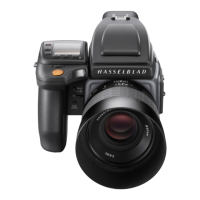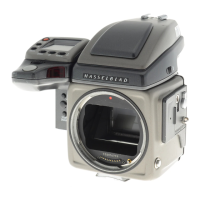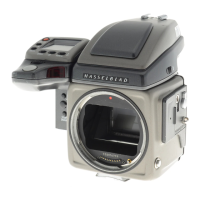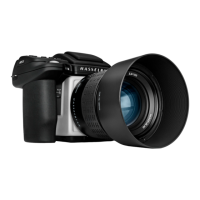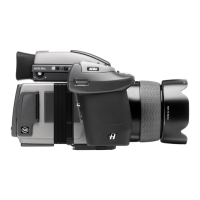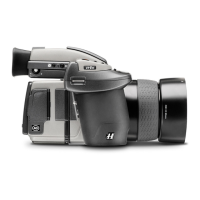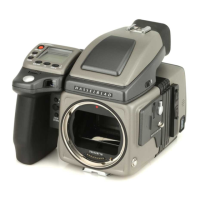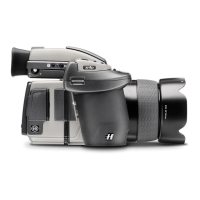To Use
160
PHOCUS AND HASSELBLAD CAPTURE FILES
The H6D can capture les and store them as Hasselblad RAW
format les or Hasselblad RAW + JPEG formats simultaneously.
(not applicable to 60 Mpix / 50MS/200MS models).
Hasselblad RAW les are initially stored in the 3FR format which
is a proprietary Hasselblad format for the temporary storage
of captures. A 3FR le contains the complete digitized raw
image exactly as it was captured by the camera. 3FR information
requires further computing power (typically by way of Phocus) to
obtain complete development. If developed in Phocus,
3FR les become Hasselblad 3F les – denoted by each le now
bearing the sufx “.fff”. If developed by other RAW processors,
the 3FR les are not converted to 3F but can be exported
directly to TIFF, PSD etc. according to requirements.
However, when working tethered – which necessitates using
Phocus – 3FR les are automatically processed and stored in
the background on a computer appearing as 3F les on the hard
disk ready for selective adjustment and export. 3FR les
stored on a CFast card can be processed to completion using:
● Hasselblad Phocus
● Adobe Camera Raw
● Adobe Lightroom
● Apple Aperture
Capture les can be stored as 3FR les (from a CFast or SD
card) for later processing in Phocus or other software, or they
can be stored as 3F les (as a result of tethered shooting or
3FR les processed and converted in Phocus). In all cases if you
keep the original 3FR/3F les, you will also retain the possibility
of reprocessing them in the future in later versions of Phocus
or other software to take advantage of eventual improvements
and developments.
Mixed formats
Phocus can also process most other capture formats, generic
and proprietary. This means you can include other formats in
your normal Phocus work ow if you choose. Or if you prefer, you
can include Hasselblad les in Adobe / Apple work ows
as stated above.
Note!
Using Phocus is the most comprehensive method. The Phocus
and Adobe methods can produce almost identical
results (in most cases, but not all) regarding RAW conversion so
it is a matter of personal choice regarding which method
would best suit your preferred ways of working. Alternatively you
can use Apple Aperture though you should take note that
the benets of DAC and HNCS etc., will be lost in this case.
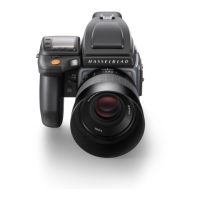
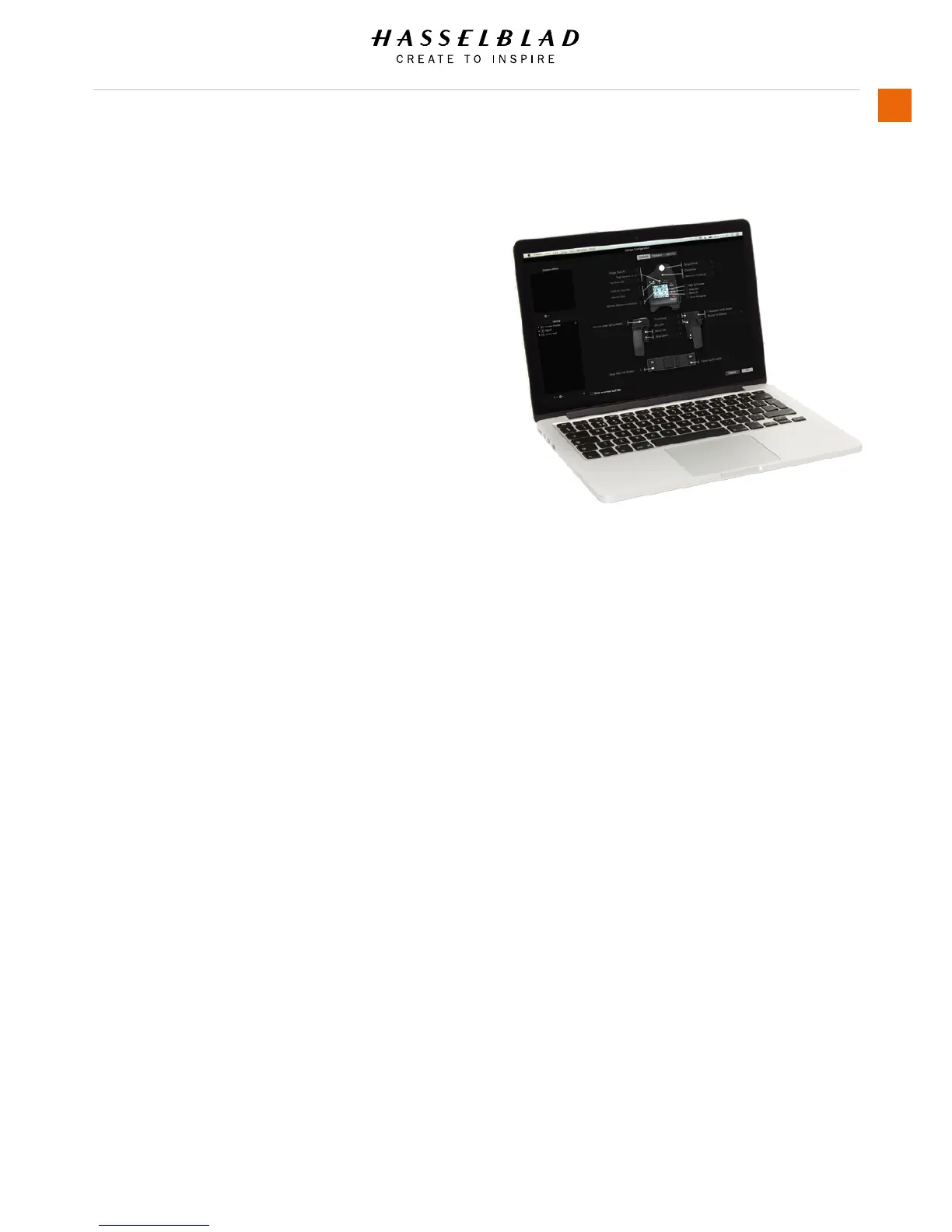